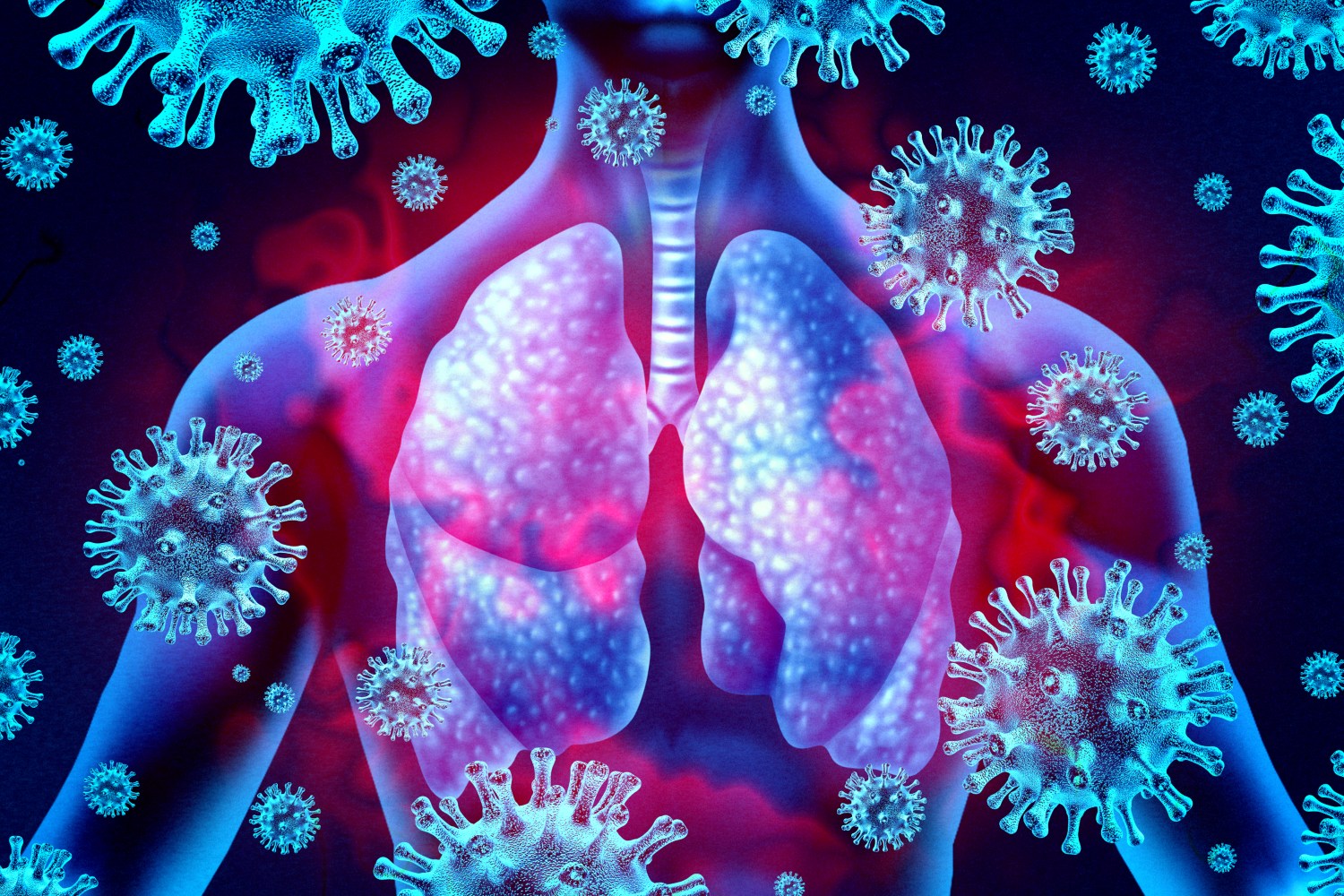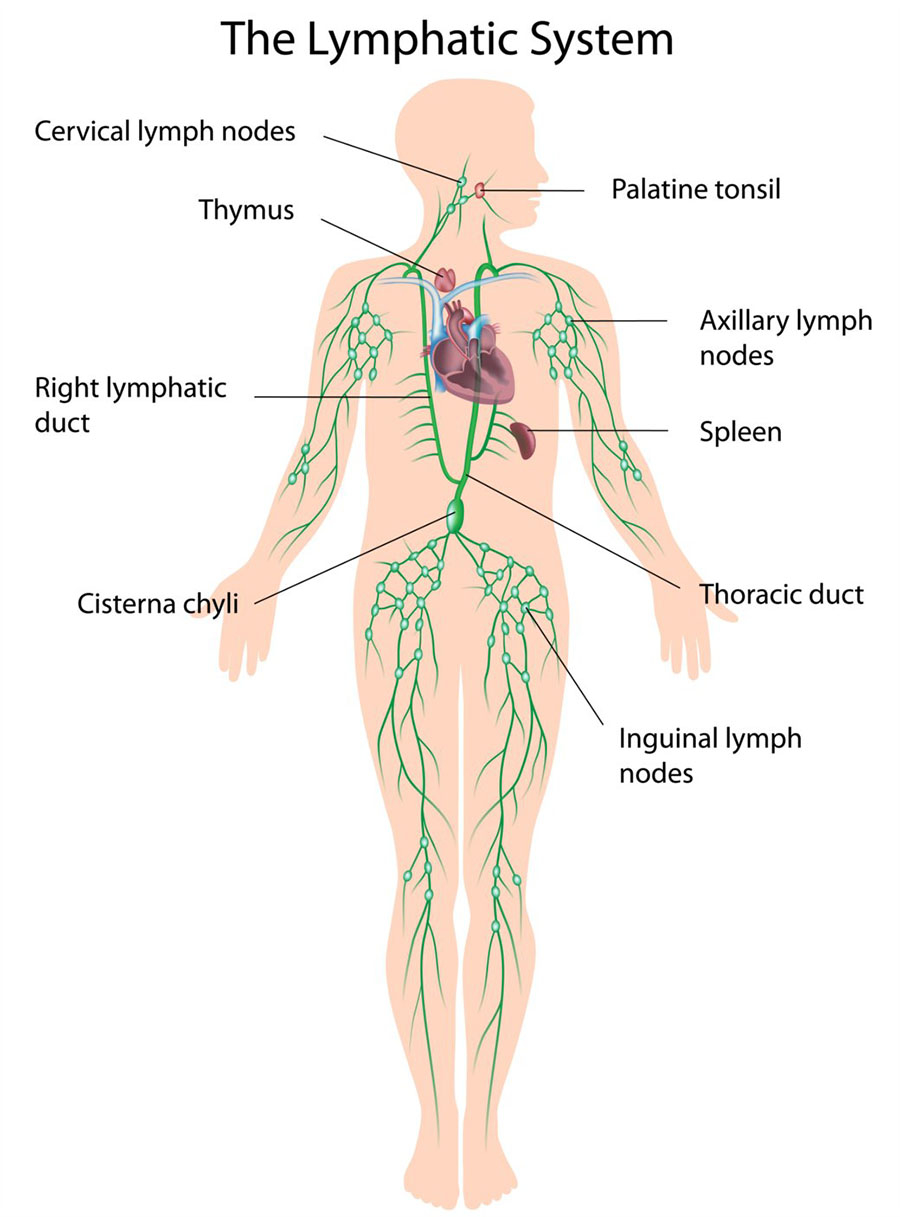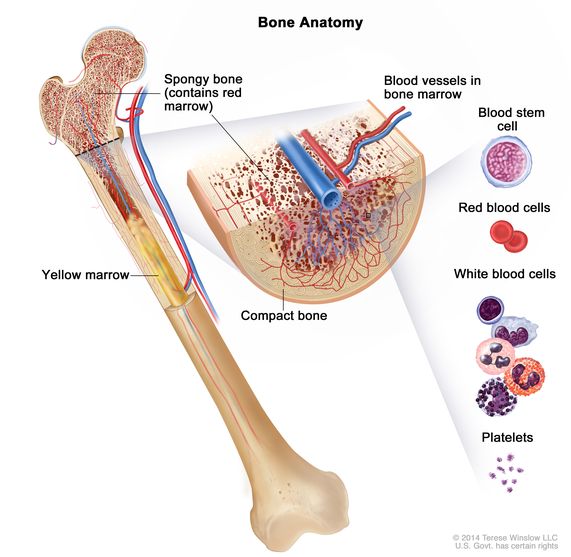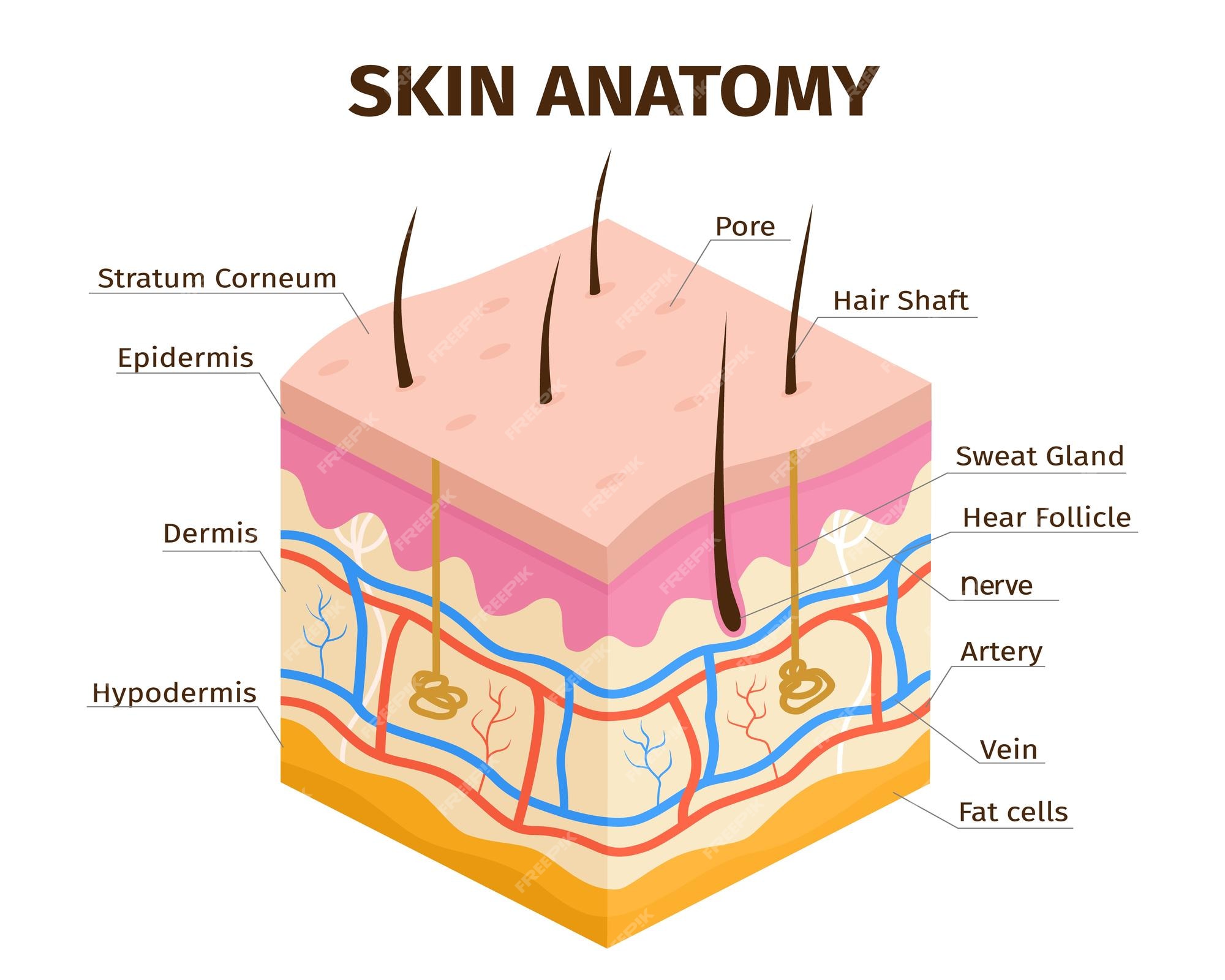


An Introduction to the Immune System. www.youtube.com, https://www.youtube.com/watch?v=R75V4bf0Kj8. Accessed 26 Aug. 2022.
Immunology
Immunology is a branch of biology and medicine that covers the study of immune systems in all organisms. This section will focus on all aspects of the Human Immune system.
The Immune system contains the following components of the body:
It can be divided into two sections the Innate Immune system, and the Adaptive Immune System. The purpose of the immune system is to fight infections, neutralize harmful substances, and fight non-infectious diseases

Antibody is a protein component of the immune system that circulates in the blood, recognizes foreign substances like bacteria and viruses. It is also known as an immunoglobulin.
The complement system, also known as complement cascade, is a part of the immune system that enhances (complements) the ability of antibodies and phagocytic cells to clear microbes and damaged cells from an organism, promote inflammation, and attack the pathogen's cell membrane.

The lymphatic system is an organ system in vertebrates that is part of the immune system, and complementary to the circulatory system. It consists of a large network of lymphatic vessels, lymph nodes, lymphatic or lymphoid organs, and lymphoid tissues. It protects your body from illness-causing invaders, maintains body fluid levels, absorbs digestive tract fats and removes cellular waste.
:max_bytes(150000):strip_icc()/spleen_anatomy-5a7f1d713037130036f0b392.jpg)
The spleen is a small organ inside your left rib cage, just above the stomach.
Functions of the Spleen:

Your thymus is a small gland in the lymphatic system that makes and trains special white blood cells called T-cells. The T-cells help your immune system fight disease and infection.

Bone Marrow is The soft, spongy tissue found in the center of most bones. There are two types of bone marrow: red and yellow. Red bone marrow helps produce blood cells. Yellow bone marrow helps store fat. Bone marrow produces red blood cells that carry oxygen, white blood cells that prevent infection and platelets that control bleeding. It is an essential part of your body in order to survive.

The skin is the body's largest organ, made of water, protein, fats and minerals. Your skin protects your body from germs and regulates body temperature.